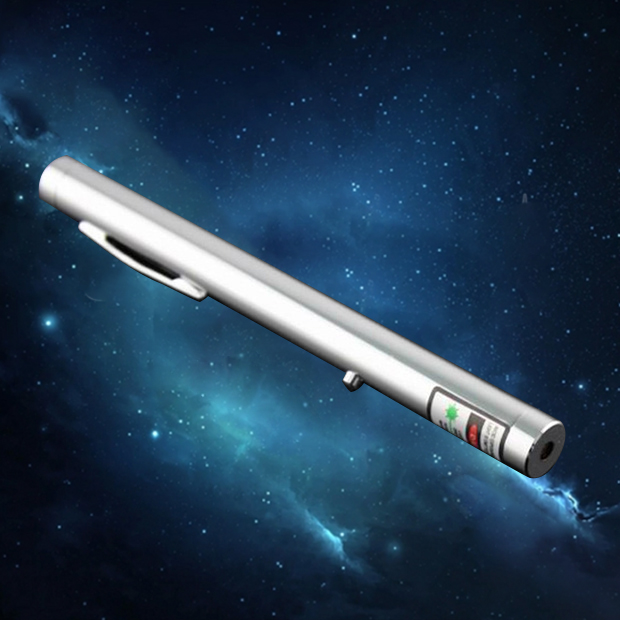At present, common green laser pointer are classified into five categories: gas lasers, solid-state lasers, semiconductor lasers, fiber lasers, and dye lasers according to their working media. Recently, free electron lasers have been developed. High-power lasers usually have a larger peak power output in pulse mode. Single pulse laser refers to a laser that only outputs a pulse in a few minutes, and repetitive laser refers to a laser that outputs several times per minute to hundreds of times per second or even higher. The photons that are initially produced in the laser are produced by spontaneous radiation, and their frequencies and directions are disorderly. To make the frequency simple and the direction concentrated, it is necessary to have an oscillatory cavity. This is the fourth condition for laser generation. The semiconductor laser used in communication uses the difference in refractive index between the front and rear end faces of the semiconductor and the air to form a mirror to form an oscillating cavity.

What is an excimer laser?
Excimer laser: A type of gas high powered laser device that uses excimer as its working substance. Commonly used electron beam (energy greater than 200 kiloelectron volts) or transverse rapid pulse discharge to achieve excitation. When the unstable molecular bonds of the excimer in the excited state are broken and dissociated into atoms in the ground state, the energy of the excited state is released in the form of laser radiation. Excimer laser material has low-energy state repulsion, which can be effectively pumped out, so there is no low-state absorption and energy loss. The population inversion is easy, the gain is large, the conversion efficiency is high, the repetition rate is high, and the radiation wavelength is short. It oscillates in the ultraviolet and vacuum ultraviolet (a few extend to visible light) regions, with a wide tuning range. It can be used in isotopes separation, ultraviolet photochemistry, laser spectroscopy, rapid photography, high-resolution holography, laser weapons, material structure research, optical communication, remote sensing, integrated optics, nonlinear optics, agriculture, medicine, biology and pumping. Tunable dye lasers have been widely used and are expected to develop into laser devices for nuclear fusion.
